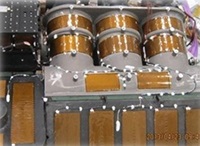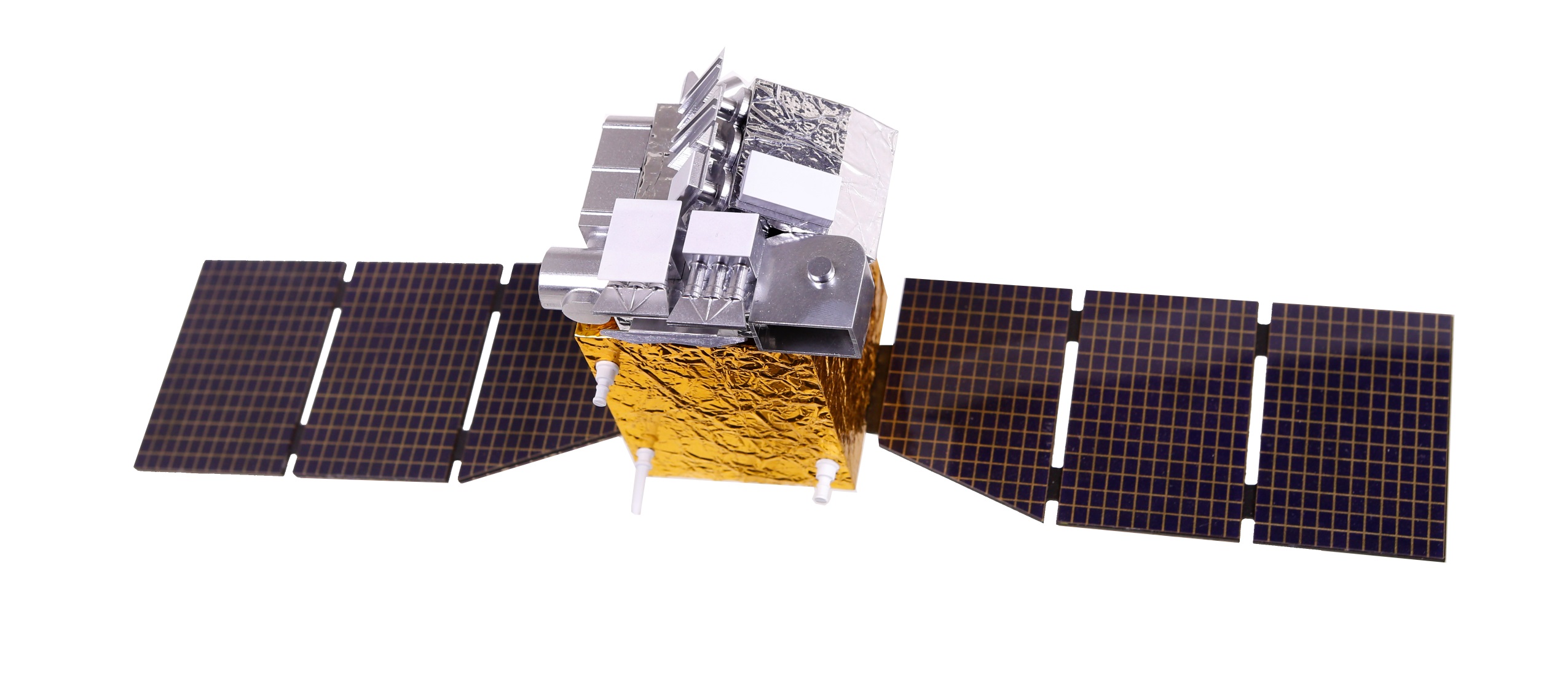TanSat (Carbon Dioxide Observation Satellite)
Description
In order to study the global distribution of CO2, "global CO2 detection scientific test satellite" (aka TanSat) program was established by the national "863" plan.
Capable of performing scientific observations in multiple ways.
Data validation by ground-based CO2 monitoring.
| Orbit | Sun-synchronous |
|---|---|
| Altitude | about 700 km |
| ECT | 13:30 asc |
| Launch Mass | 630 kg |
| Power | 600 W |
Payload
TanSat is designed to have three scientific observation modes to collect the sunlight reflected by the Earth: nadir, ocean glint and surface target. The same data sampling rate is used for the three modes. In each mode, the instrument can collect up to 20 soundings every 0.3s. The mission will regularly perform four types of calibration modes, including dark current, lamp, solar viewing for spectral and radiometric calibration. CAPI will use lunar viewing for radiometric calibration.
| Picture | Acronym | Full name |
|---|---|---|

|
ACGS | Atmospheric Carbon-dioxide Grating Spectroradiometer |

|
CAPI | Cloud Aerosol Polarization Imager |
Products
| Payload | Datasets |
|---|---|
| ACGS | L1 data, L2L3 product |
| CAPI | L1 data, L2L3 product |


